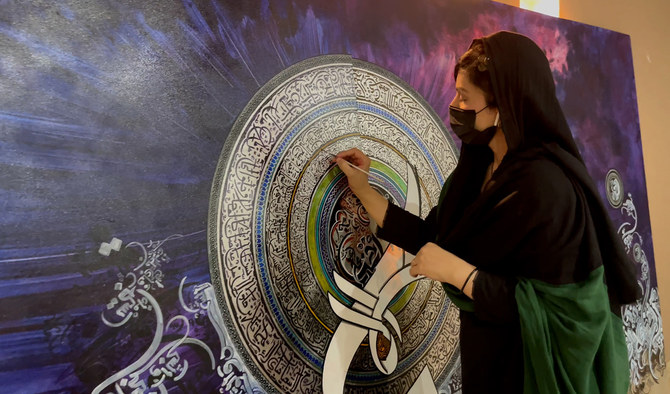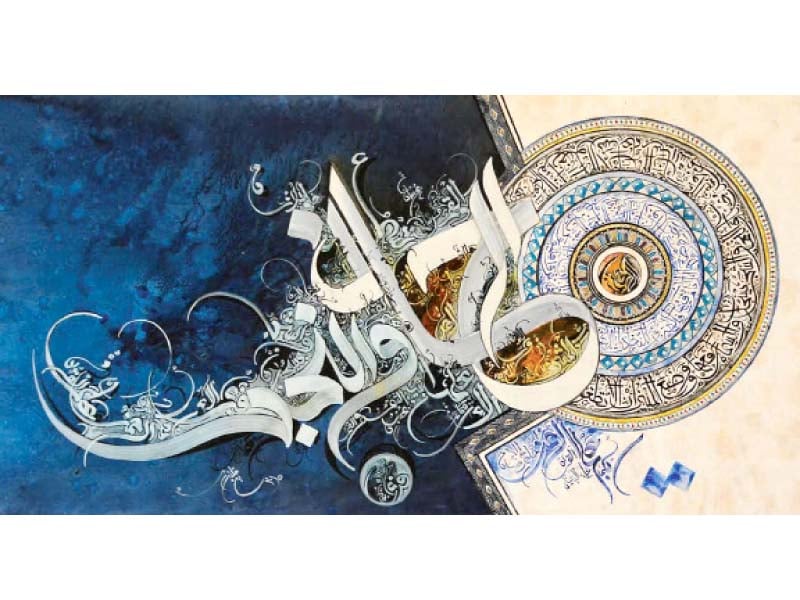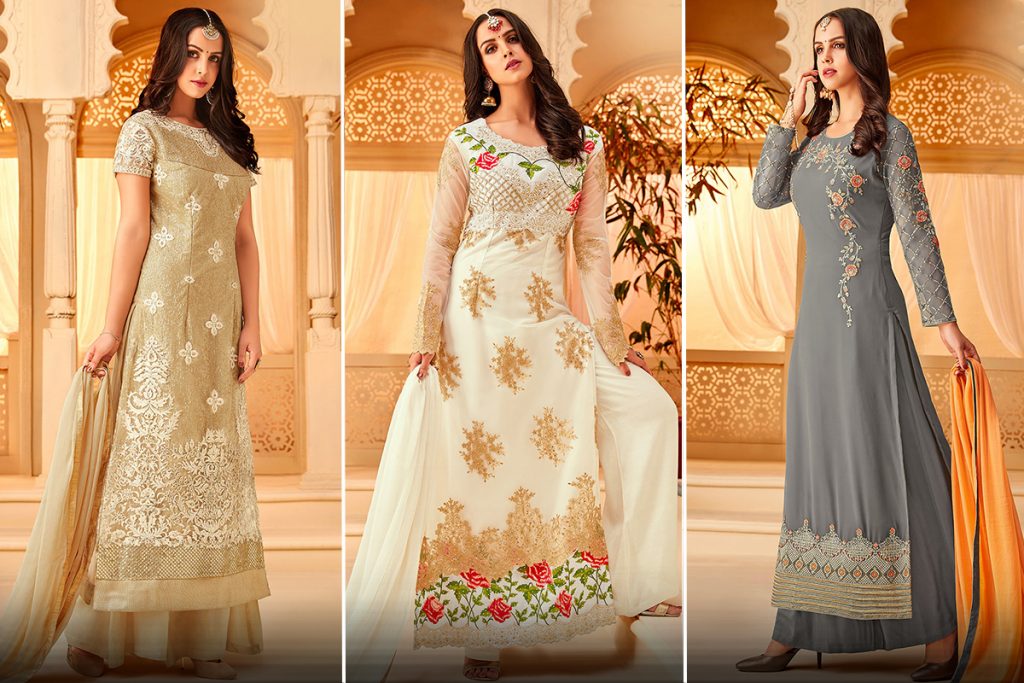Calligraphy in Pakistan ,the specialty of lovely composition, has a long specialty history that traverses across various societies and civilizations. In Pakistan, calligraphy is a revered type of creative articulation and a method for protecting the country’s social legacy. Pakistani calligraphy is a lively and different fine art that features the dominance of talented artisans and their profound association with artisans’ practices. This article takes you on an enrapturing venture through the universe of Pakistani calligraphy, its different styles, and its social importance.
The Underlying Foundations of Calligraphy in Pakistan
Pakistani calligraphy inaugurated a rich Islamic legacy that has impacted the locale for a long time. With the coming of Islam in the subcontinent, calligraphy became an essential piece of strict articulation, decorating mosques, places of worship, and compositions. The choice of excellence of Arabic content and its capacity to pass on otherworldly messages made it a robust mode for creative research.
Islamic Impact:
Pakistani calligraphy is fundamentally affected by Islamic custom, as most of the populace in Pakistan rehearses Islam. The Quranic stanzas and strict texts are often the subjects of calligraphic work, as they hold extraordinary reverence in the way of life.
Arabic Script:
The Arabic script, especially the Naskh and Nastaliq styles, is usually utilized in Pakistani calligraphy. With its streaming and cursive nature, Nastaliq is perhaps the most prosperous and expressive content, making it the #1 for calligraphers.

Conspicuous Calligraphy in Pakistan:
The most prominent calligraphic style in Pakistan is the Naskh script. Known for its apparent and adjusent lines, Naskh is generally utilized for duplicating the Quran, official reports, and compositional engravings. The tastefulness and accuracy of Calligraphy should be visible. In the many-sided plans track down on minarets, arches, and walls of memorable structures throughout the country.
One more substantial calligraphic style is Thuluth, described by its tall and extended letterforms. Thuluth is frequently utilized for enriching purposes, like in the plan of landmarks, plaques, and fancy themes. Its streaming lines and smooth bends make a feeling of congruity and tasteful allure, making a most loved decision for imaginative representation.
Exploring Contemporary Articulations:
Not with standing these traditional styles, contemporary Pakistani calligraphers have embraced trial structures, combining customary procedures with present-day feel. These craftsmen push the limits of the work of art by investigating new materials, surfaces, and organizations. They frequently integrate calligraphy into blended media craftsmanship, establishments, and, surprisingly, computerized stages, drawing in a more extensive crowd and acquainting calligraphy with new ages.
Cultural Significance of Calligraphy in Pakistan:
The social meaning of Pakistani calligraphy couldn’t possibly be more significant. It fills in as a visual portrayal of Islamic lessons and exemplifies the country’s wide social variety. Calligraphy rises beyond territorial limits, joining individuals from various foundations under shared imaginative appreciation.
Prominent Calligraphers:
Pakistan has delivered famous calligraphers, like Sadequain, Gulgee, and Ustad Shafiq-uz-Zaman. Their commitments lastingly affect the art world.
Conclusion:
In rundown, Pakistani calligraphy is a captivating work of art that wonderfully combines the feel of Arabic content with the profound profundity of Islamic practice. It significantly articulates dedication, social character, and creative greatness.
References:
- https://pakistanzest.com/culture-zest/an-exploration-of-pakistani-calligraphy/
- http://cliftonartgallery.com/calligraphy/

